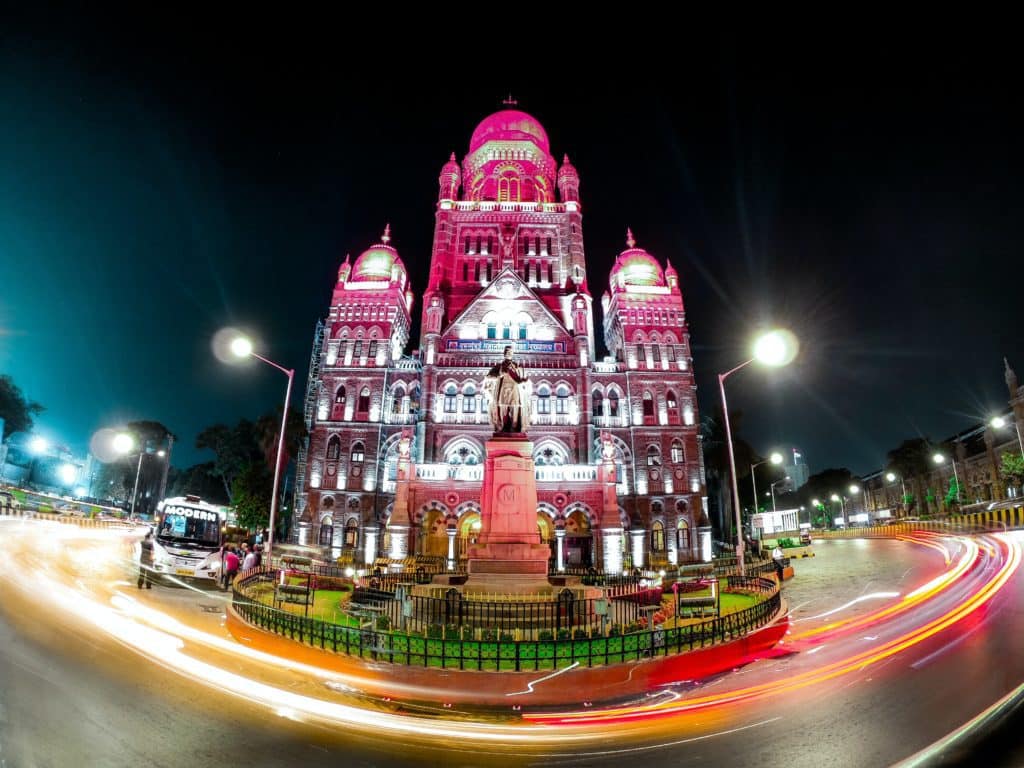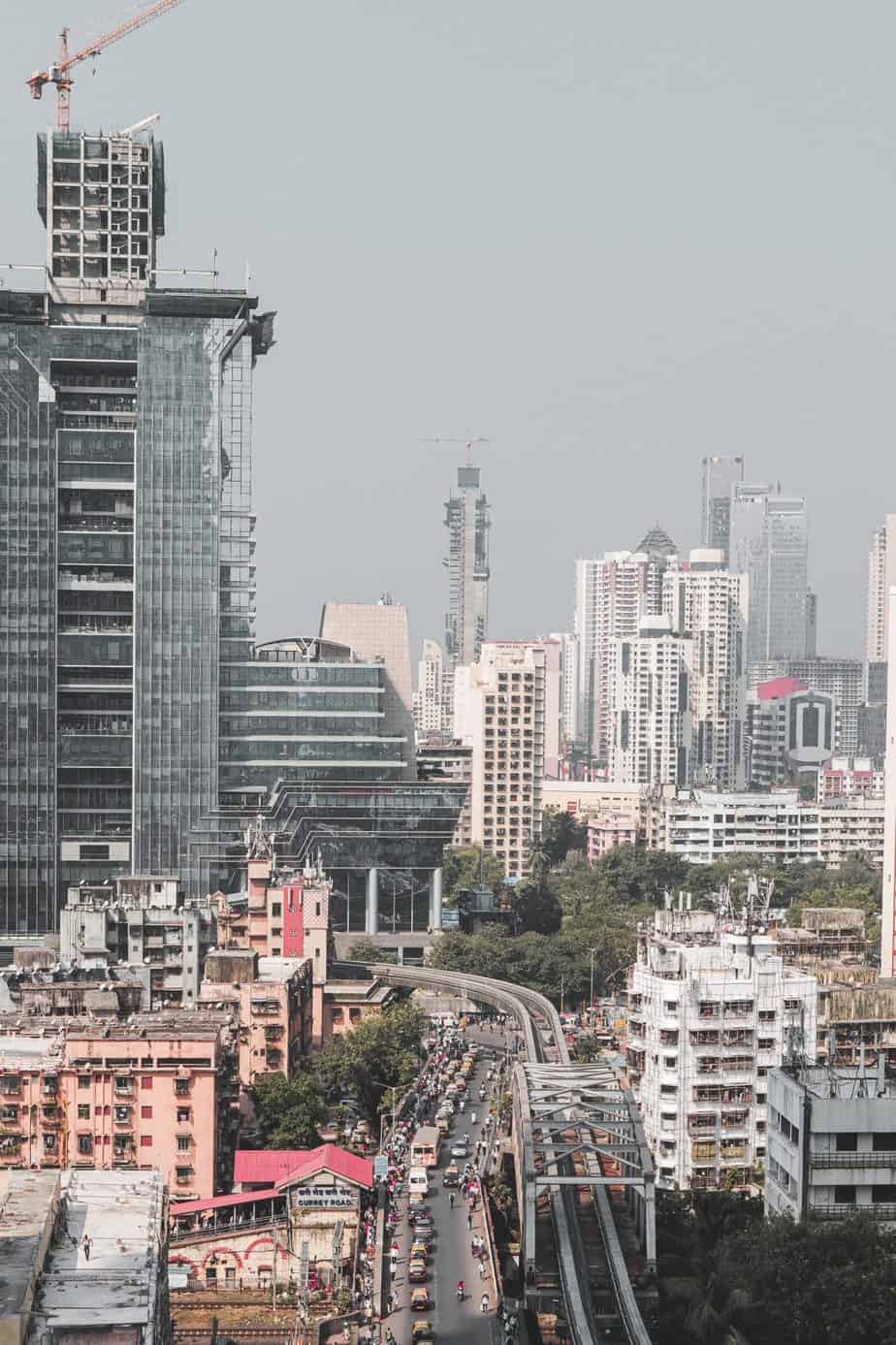India’s richest Municipal Corporation was once a paradigm of a financially independent urban local body.
The Mumbai Municipal Corporation Act, 1888, mandates that the Brihanmumbai Municipal Corporation (BMC) never show a deficit budget. It never needed to, as a high inflow of cash through real estate premiums and octroi, a tax levied on the entry of goods in the city, was sufficient.
But in the past few years, the real estate sector has slowed and octroi is abolished. For its ₹33,441-crore budget of 2020-21, the municipal corporation had to dip into its Rs 78,669 crore reserves.
These reserves or Fixed Deposits (FDs), a feature unique to BMC, have been a lifesaver for the civic body. Its interest makes up “6-8% of the revenue budget,” says Professor Anita Rath, Chairperson, Centre for Study of Developing Economies at the Tata Institute for Social Sciences. But if the BMC were to prolong its dependence on the FDs, it’s sure to deplete this contingency fund in a couple of years.
The richest civic corporation must now think of new sources of revenue that go beyond its fixed deposits. It needs to plan how to finance the long-term development of Mumbai.
This is part two in our series that explores the Mumbai civic body’s financial might, the governance and procedural challenges in raising money and ways to finance expenditure due to the pandemic and the slowing economy. Read part one here.

In 2017, octroi, which made up 23% of the city’s revenue, was replaced by the central Goods and Services Tax. The abolition of octroi increased BMC’s dependence on state grants. The Maharashtra government now compensates BMC for the revenue loss, but this year it has only paid Rs 3,662 crore from the promised Rs 9,799 crore.
BMC’s highest revenue source remains the water and sewerage tax and property tax. But the civic body is inefficient in the collection of property tax and unsuccessful in finding and enforcing newer sources of revenue.
In June 2019, the Fifteenth Finance Commission of India studied the finances of seven Municipal Corporations in metropolitan cities of India. They found that the “decline in own non-tax indicators is because of low recovery of cost of services provided, and the inability to monetise increasing land value on account of infrastructural development through impact fees, development charges, and betterment charges.”
The property tax mess
Property tax already accounts for 24% of the Mumbai city revenue. The civic corporation’s most promising solution is to revamp and enhance this collection. But it’s easier said than done. The property tax system in India has been long riddled with problems such as “failure to revalue property, numerous legal disputes over assessments, legal limitations on increasing tax rates and high levels of default,” according to Davey, Kenneth and Devas in their paper Urban Government Finance.
When the city moved from an older rent-based valuation to capital valuation (which looks at the market value of the property), many citizens approached the court. Now, according to media reports, dues worth Rs 15,000 crore are outstanding. But despite the proposed changes in calculations, “citizens in the island city continue to pay less property tax than those living in the suburbs”, Milind Mhaske, Director of the non-profit Praja Foundation, says.
This is exacerbated by lack of clear guidelines. In 2019, Shiv Sena promised in its election manifesto that it would waive property tax for flats smaller than 500 sq ft, but this hasn’t been enforced. Every year, BMC is in a tangle of unclear directions which delay and hamper property tax collection.
The inefficiency in property tax collection is a well-known problem that the Corporation, weighty with bureaucrats and elected officials, refuses to solve. The shift from rent-based valuation to capital valuation, too, took a long time. “Implementation of the property tax reforms in Mumbai took almost a decade after the initial talk and initiatives made in late 1990s,” says Professor Rath.
Still, there’s always an illusion of movement. Earlier this year, BMC formed a new committee to review the current property tax systems and suggest improvements. Its work might be similar to the ‘Property Tax Board’ suggested by the Finance commission to rework calculations and find ways to recover payments instead of letting the amount pile up. BMC also needs to use technology like the Geographical Information System (GIS) to update its records and improve collection.

Other sources of income
In February 2020, BMC was considering levying a garbage tax to boost revenue. Professor Anita Rath suggests a few other possible sources of income: “Entertainment taxes can be one source,” she says, along with “exploring professional tax”. The civic body can also explore rationalising the fees of the services it provides.
Experts have long argued that water should be treated as an economic good and its supply, not demand, should be controlled. Most housing societies in Mumbai have a bulk water meter, instead of an individual water meter which prices and controls individual consumption. Professor Rath suggests meter-based water payments for all properties.
Municipal bonds
Municipal bonds are debt instruments issued by municipalities which can use the money to build schools, water supply systems, sewer systems, and other projects for public good, according to Janaagraha’s policy brief on Municipal Bonds. They’ve been around for over two decades. In 1997, Bangalore issued municipal bonds worth Rs 125 crore to finance its city roads and drains, followed by Ahmedabad for water supply and sewerage, according to Janaagraha.
But Abhay Pethe, Professor of Economics at Mumbai University, is not sanguine about its prospects. “Debt bonds have historically not taken off in India,” he says. India’s debt market, he says, unlike the country’s equity market is depressed. If people were to invest in municipal bonds, they would need a secondary market where they can also sell the bond to recuperate their money, he explains. In absence of which, they would rather put it in a financial instrument where there is more liquidity. “If there’s no bond market that’s vibrant, you’re not going to succeed with munibonds,” he adds.
Janaagraha points to another reason why municipal bonds have not been able to attract potential investors. “To successfully raise money from bond markets, municipalities must ensure that their accounts are prepared on time, audit of accounts is carried out by an independent agency, financial and operational data is made public, and that they comply with all eligibility requirements put forth by SEBI and their state governments,” its policy brief reads. Few municipal corporations are transparent with their finances.
“If MCGM were a company,” Srikanth Viswanathan, Chief Executive Officer, Janaagraha Centre for Citizenship and Democracy, says, “it would be among the top 60 companies in India. Yet MCGM is hardly required to comply with any serious disclosure or accountability provisions under Mumbai Municipal Corporation Act, 1888, compared to what similar sized companies are required to under Companies Act.”

Land generates money?
When a government invests public money in an infrastructure project in a neighbourhood, it is assumed that the new infrastructure leads to various social and tangible benefits for residents such as an improvement in the quality of housing, transportation, jobs, among others. The conviction also is that it leads to an increase in the value of land or real estate in the neighbourhood.
As public money has enhanced the standard of living as opposed to the property’s owners personal investment, the government then tries to tap into this enhancement by levying taxes or charges that go under monikers like land value “capture” or “recover” or simply land-based fiscal tools.
There’s a metro system under construction across the Mumbai Metropolitan Region. Can the accruing benefits from this project help strengthen the civic body’s finances? Research on whether the Versova-Ghatkopar metro in Mumbai had an impact on real estate prices threw disappointing findings. Abhay Pethe et al’s study concluded that there’s a “considerable difficulty in estimating the exact incremental impact of any infrastructure development on land value”. However, they propose that the government can charge “a simple one-time value-based development charge at the time of granting development permission.”
Successfully levying land-based fiscal tools also has prerequisites such as “sufficient, granular, accurate and reliable data on pricing, ownership, and land value,” Pethe adds.
Misplaced priorities
The civic body can incorporate many alternatives to increase revenue, but it’s important to reiterate that BMC fails to fully utilise its existing budget. A problem that will not disappear with increased sources of funding. It also continues to invest public money in projects such as the Coastal Road project that have been considered an “expensive mistake” and “ruinous”.
Experts unanimously explain this as an institutional or leadership failure, where there is a lack of decision making at the civic level as well as lack of responsibility among elected officials. While this is largely considered true, the recent example of the coastal road project highlights a gap. A portion of the coastal road is going to be built by the BMC, for which its standing committee, constituted by Corporators, sanctioned Rs 12,000 crore.
“If the elected representatives felt that the project was not in line with what their constituency wanted, they wouldn’t have let the budget pass,” Mhaske says.
It’s long understood that cities need more autonomy—both functional and fiscal—but ways to achieve it, while navigating the existing bureaucratic and political economy framework, remains challenging.